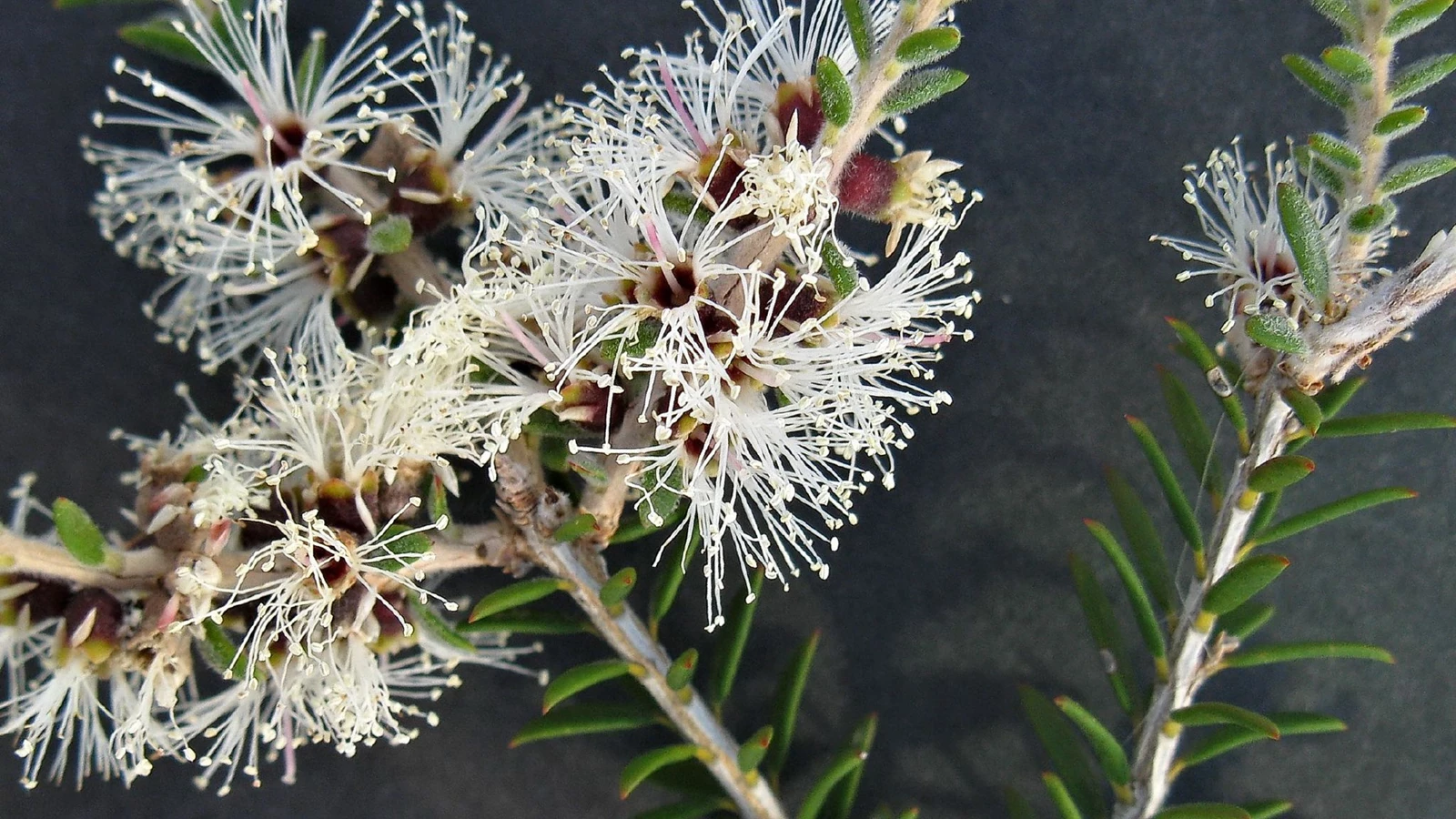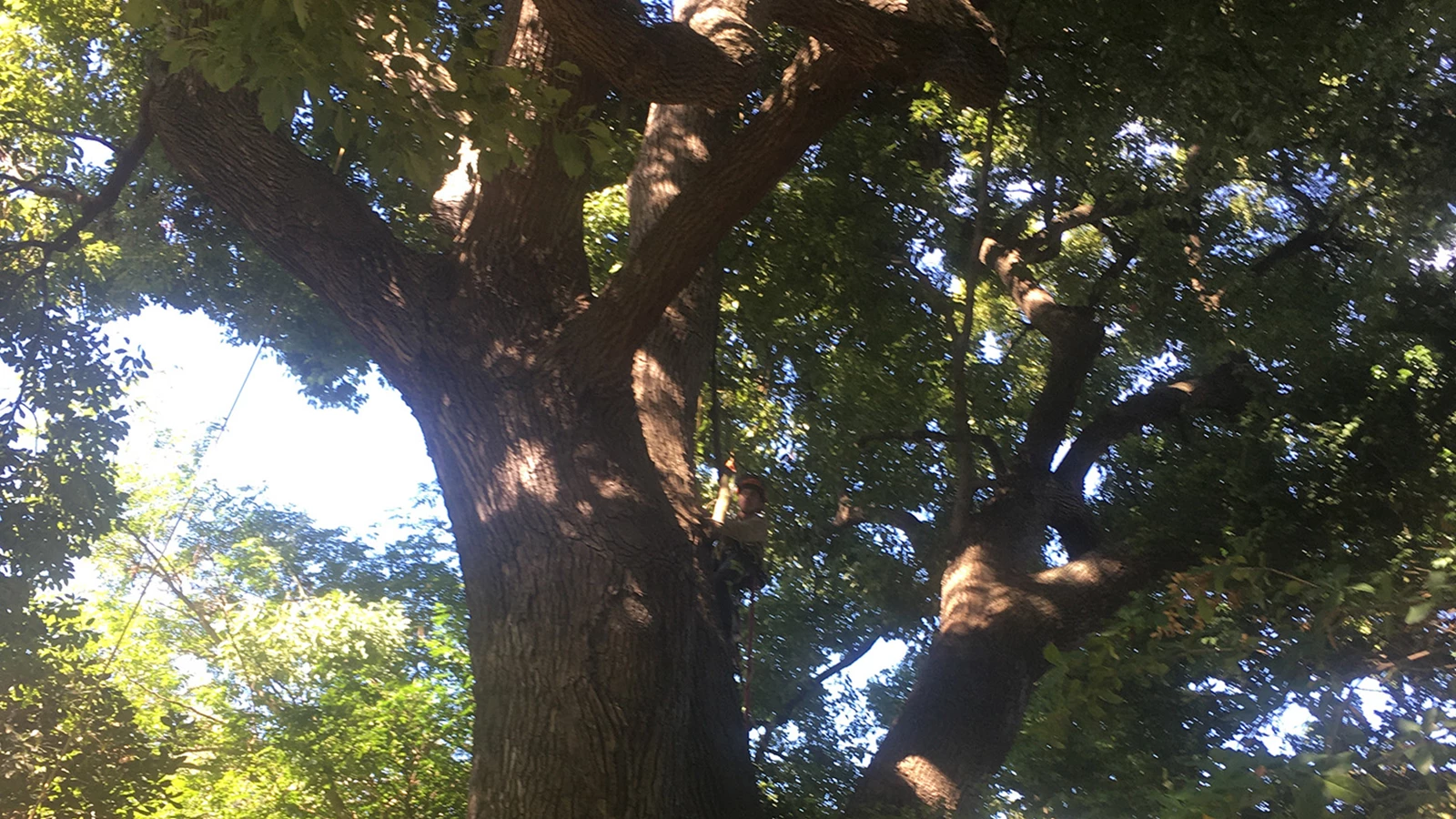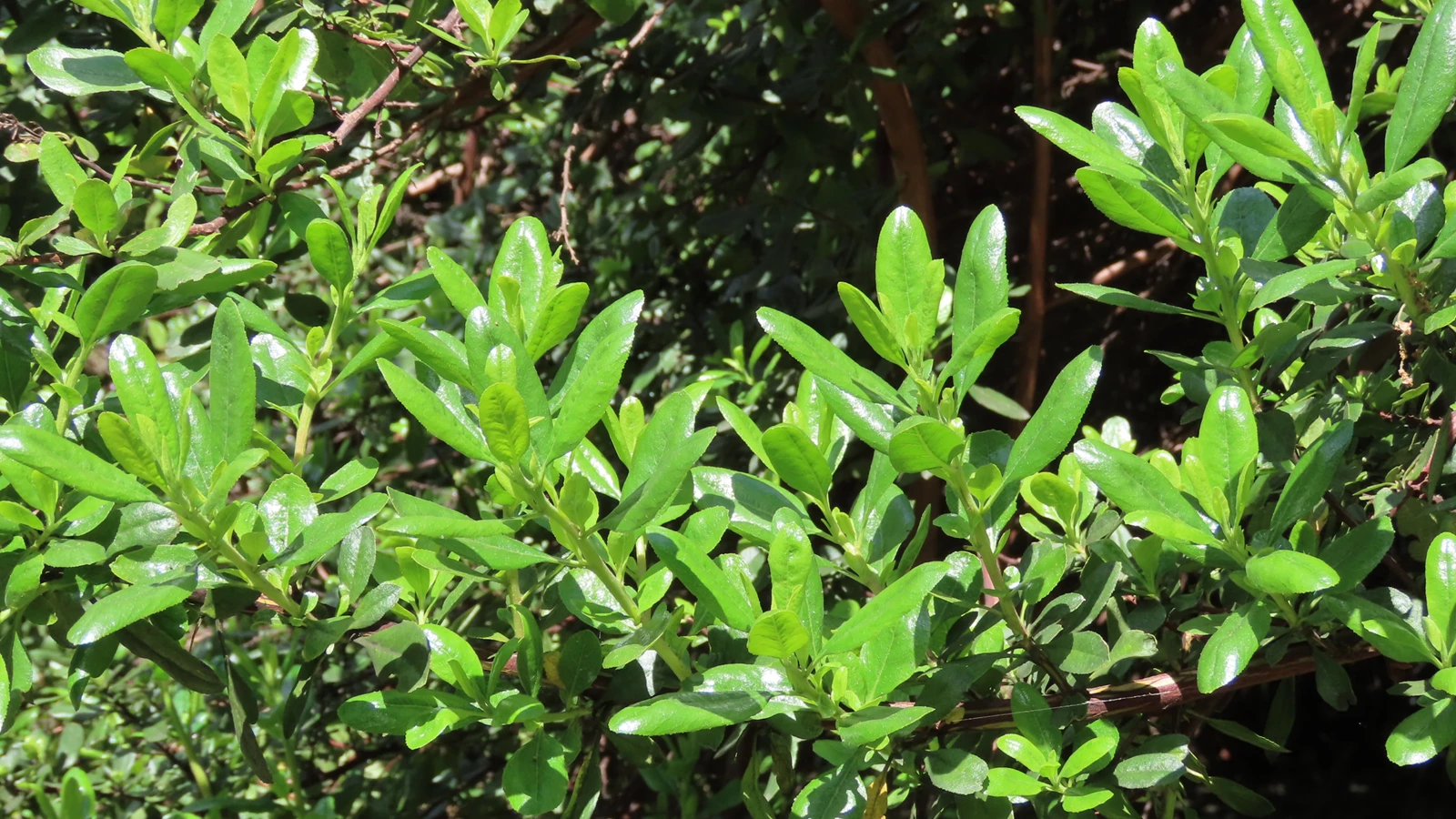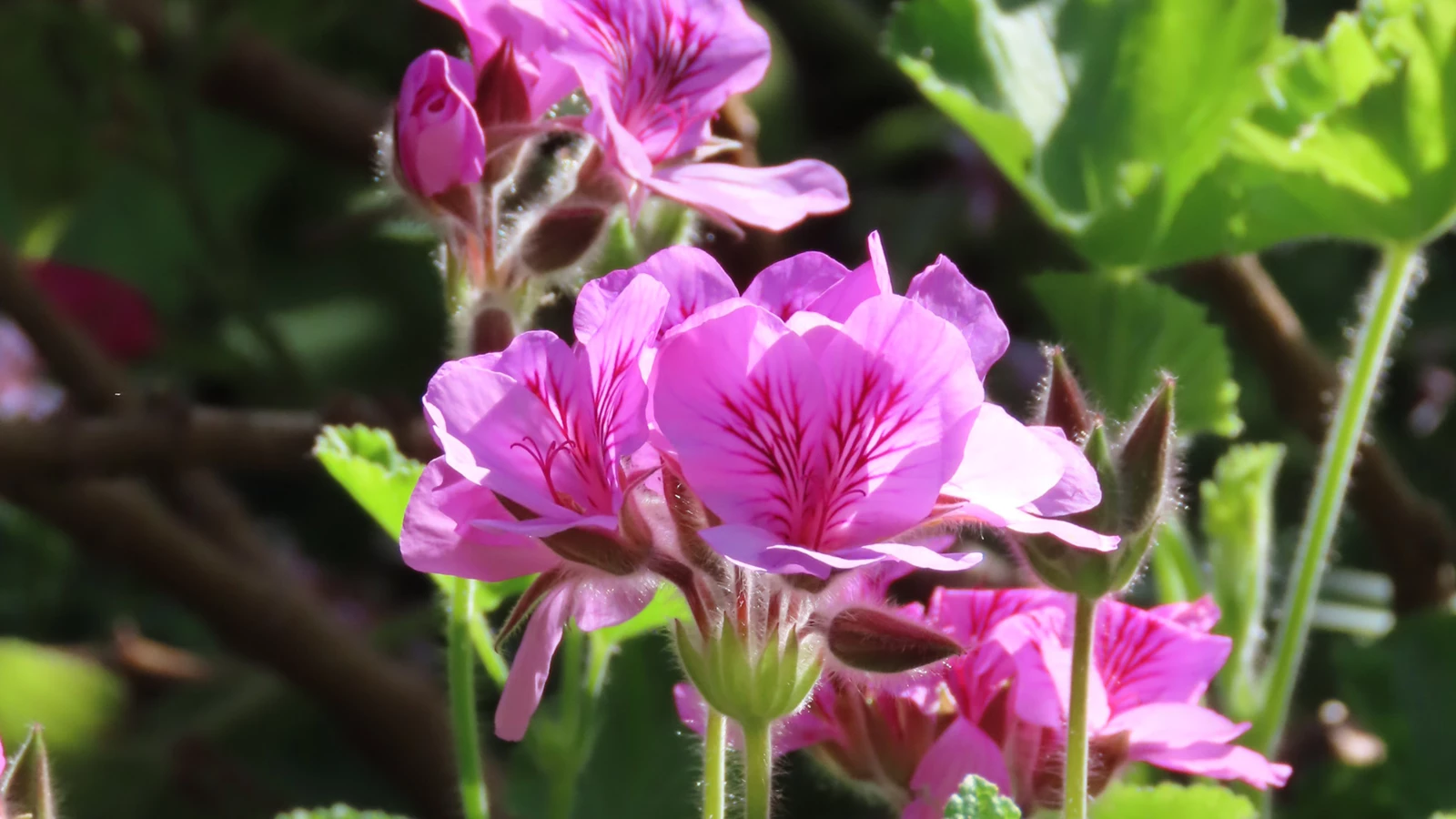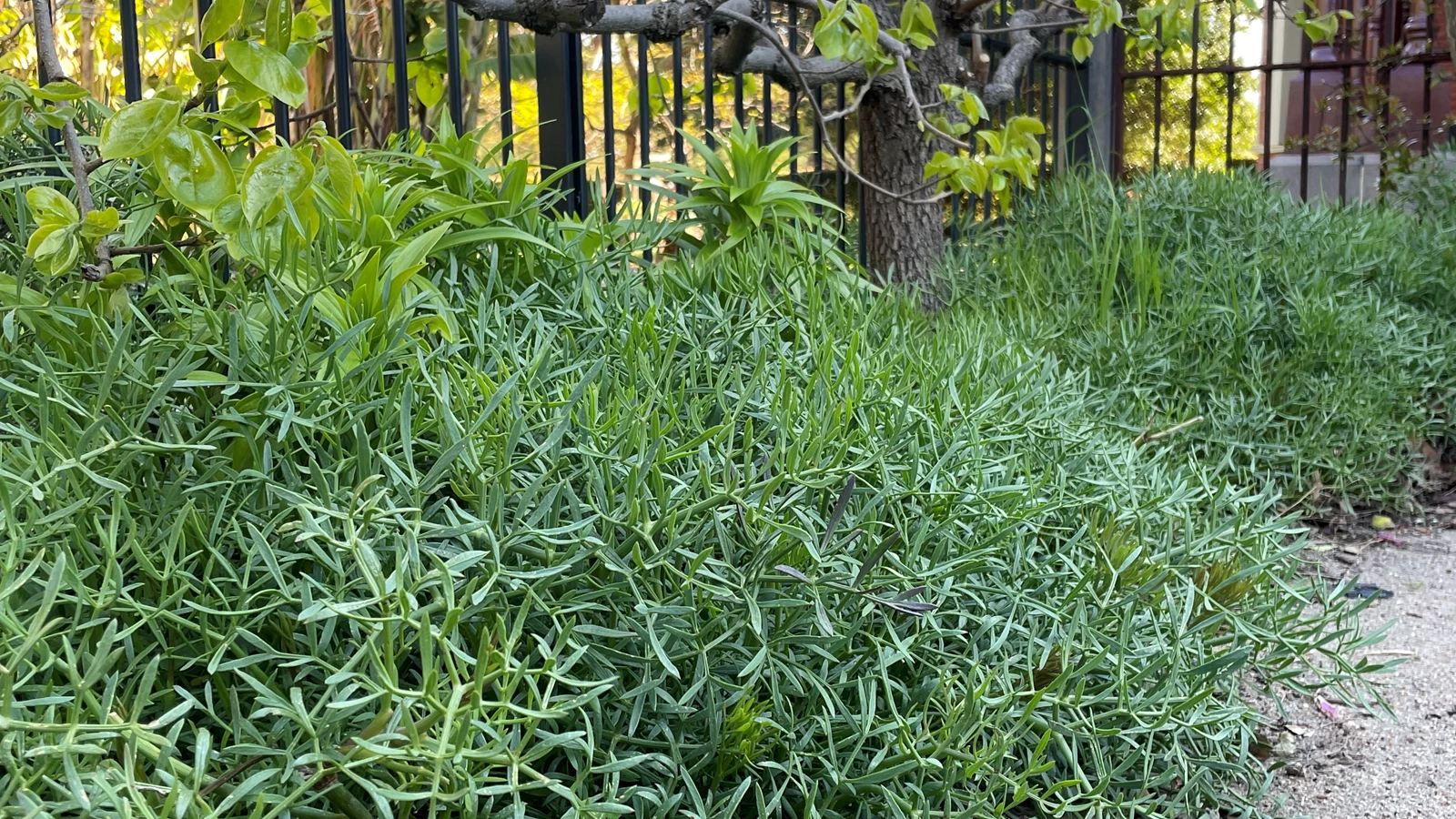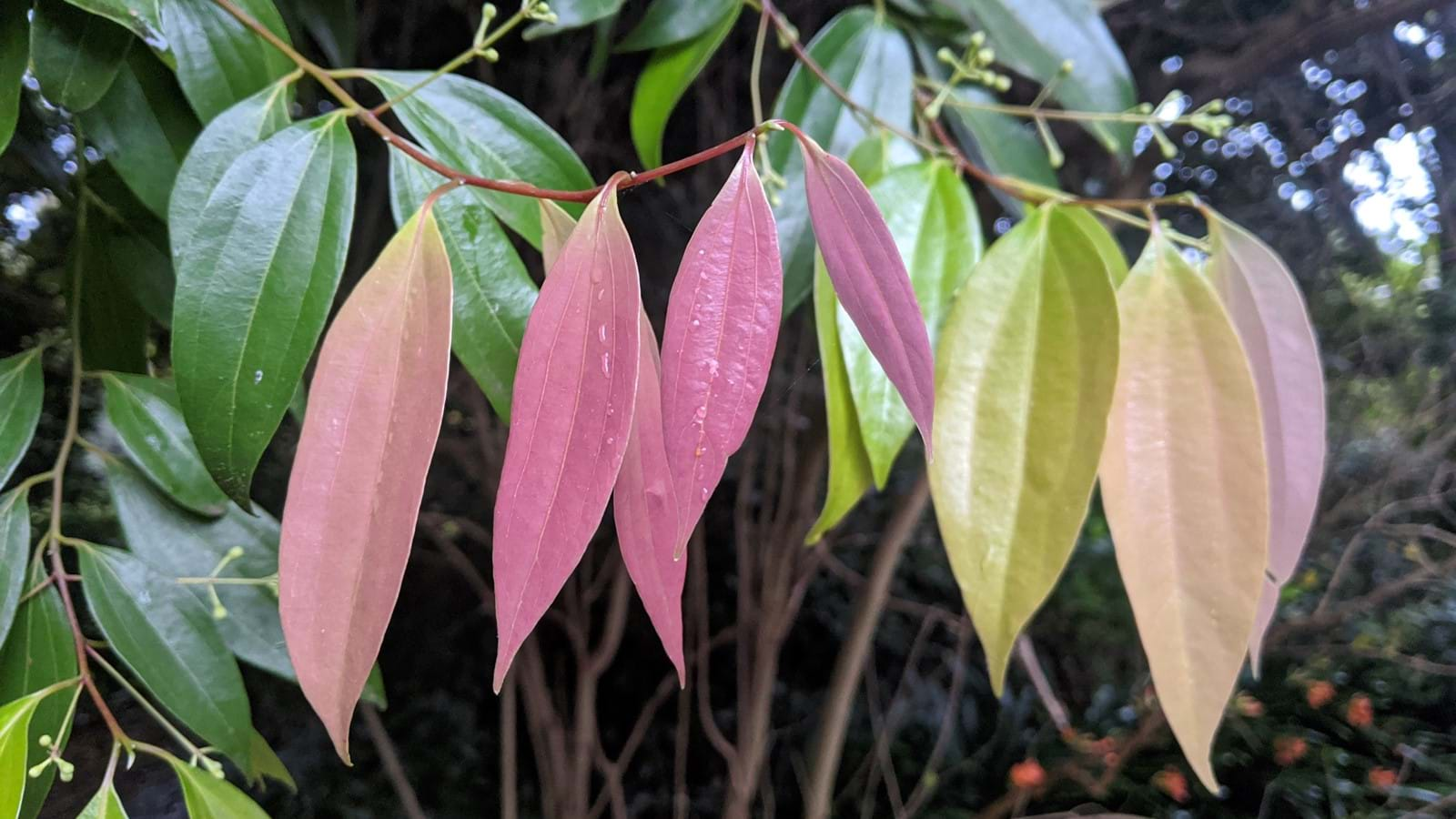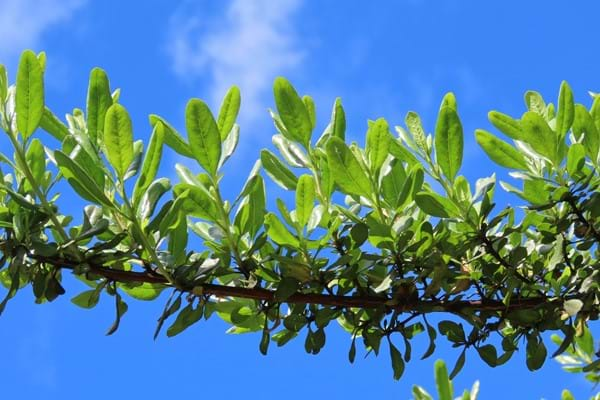
Herb and Medicinal
Since ancient times, and in every culture, herbs have played a fundamental role in our daily lives. From tiny, short-lived annuals to grand, century-old trees, the Garden’s historic Herb and Medicinal Collection includes a medley of plants from around the world. Their uses – medicinal, culinary, aromatic and spiritual – are as diverse as their form and origin. This hidden gem is a garden of sensory delights, cultural knowledge and scientific interest – inhale deeply and touch gently.
- Display a range of plants from Australia and around the world highlighting their ethnobotanical and contemporary uses, in a range of garden situations.
- Create learning opportunities - the way people use and interact with plants, plant relationships with invertebrates and other animals.
- Highlight the history of the original 1880’s Guilfoyle-era Medicinal Garden, from which several trees survive.
- Acknowledge the connection between the original botanic gardens and study of medicinal plants.
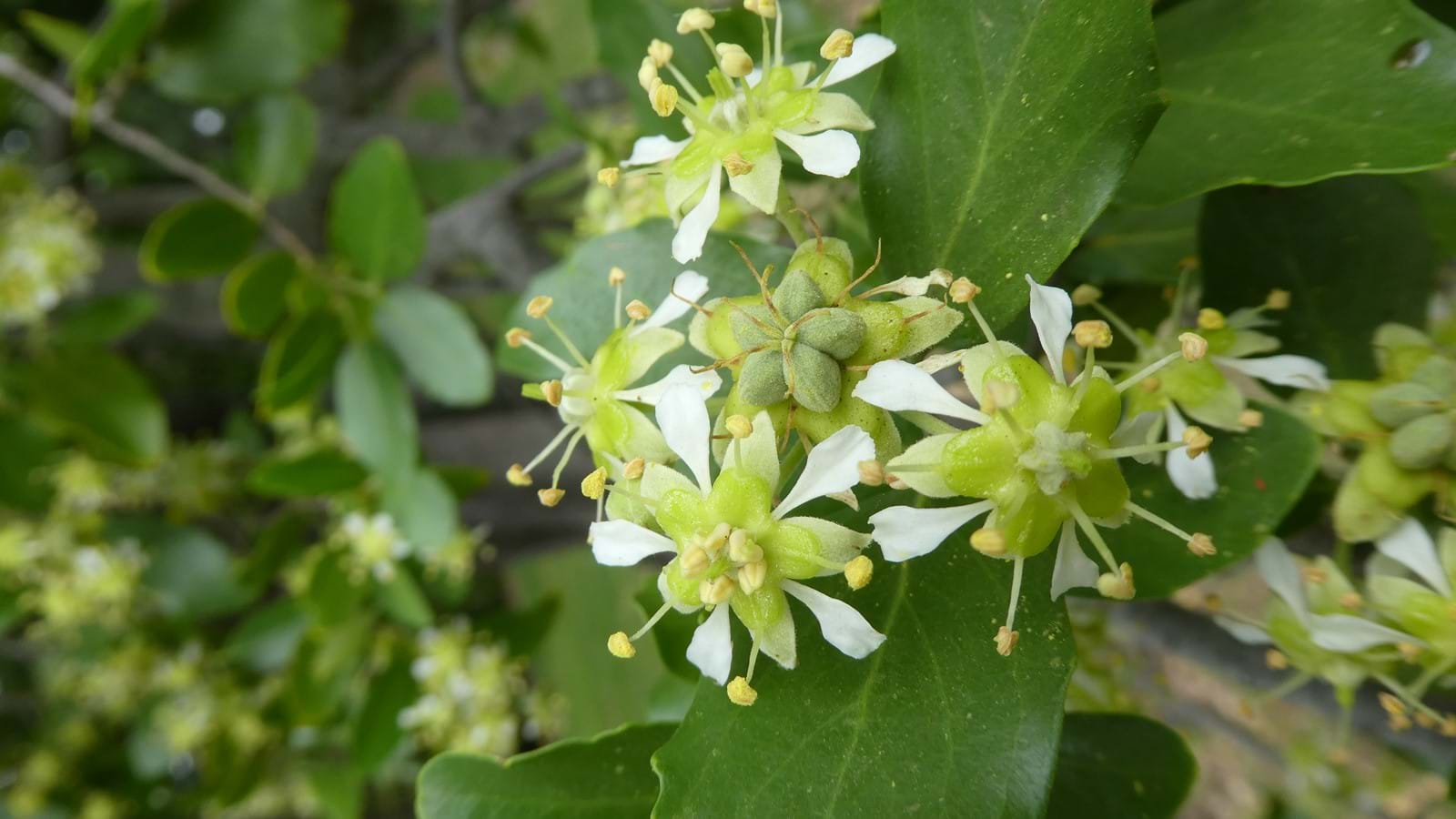
Notes from the Curator
I love the Herb and Medicinal Collection; the range and variety of plants and their uses is endlessly fascinating. From ethnobotany, medicine, world cuisine, aromatherapy, perfumery, local and global history: the whole world is represented in this dynamic collection.
Many people can relate to the scale of this fragrant secluded garden, through herbs and medicines they know, and the use of common names. Unusual and common herbs are seasonally on display: from Basil to Nigella to Japanese Pepper. The Collection is used by our Learning programs and many students visit each year.
This site will be redeveloped as part of the current Masterplan, which will improve accessibility and growing conditions.

